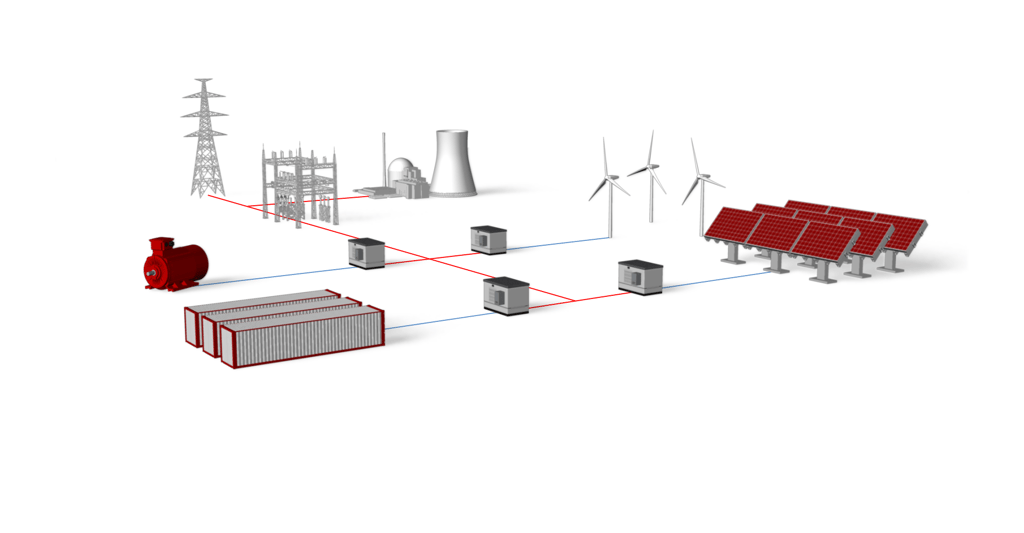
Hardware in the loop (HIL) is not a new technology. It has been around for twenty-five plus years, and it has been almost exclusively used in the automotive and aerospace industries for test and validation of controller performance and system integration. Although HIL has been synonymous with automotive testing; this is changing.
In 2015, three independent market research companies published three “State of the HIL” reports. All three reports state that after decades of evolutionary HIL developments, there is a new application – HIL for power electronics and power systems.
Although the HIL market for power electronics, microgrids, and power systems is still smaller than either automotive or aerospace, it is the fastest growing segment. The power electronics and microgrid pull is tremendous. Here are a few excerpts from VDC, Markets and Markets, and Frost and Sullivan reports.
VDC Research
“HIL tool spending will grow most rapidly in the energy/power industry….”
“….HIL adoption is accelerating outside of the legacy user base (automotive and aerospace/defense). The rapid expansion of HIL use in several industries including energy/power is helping drive revenue growth.”



